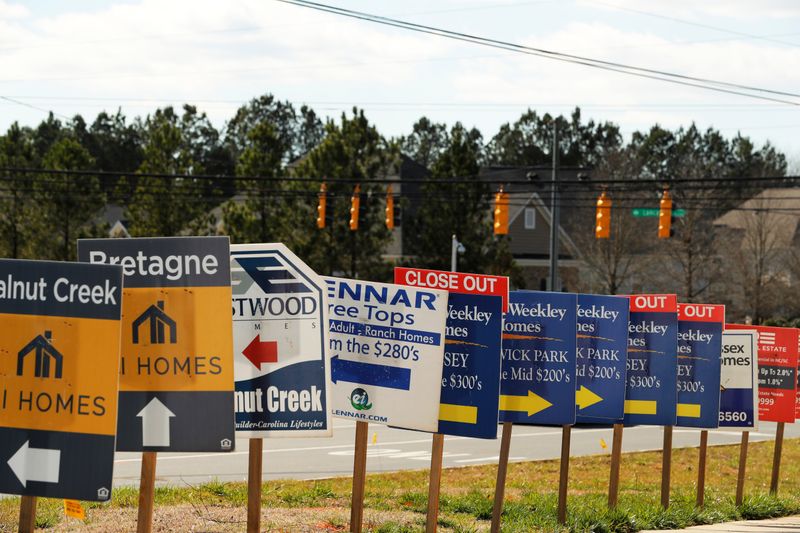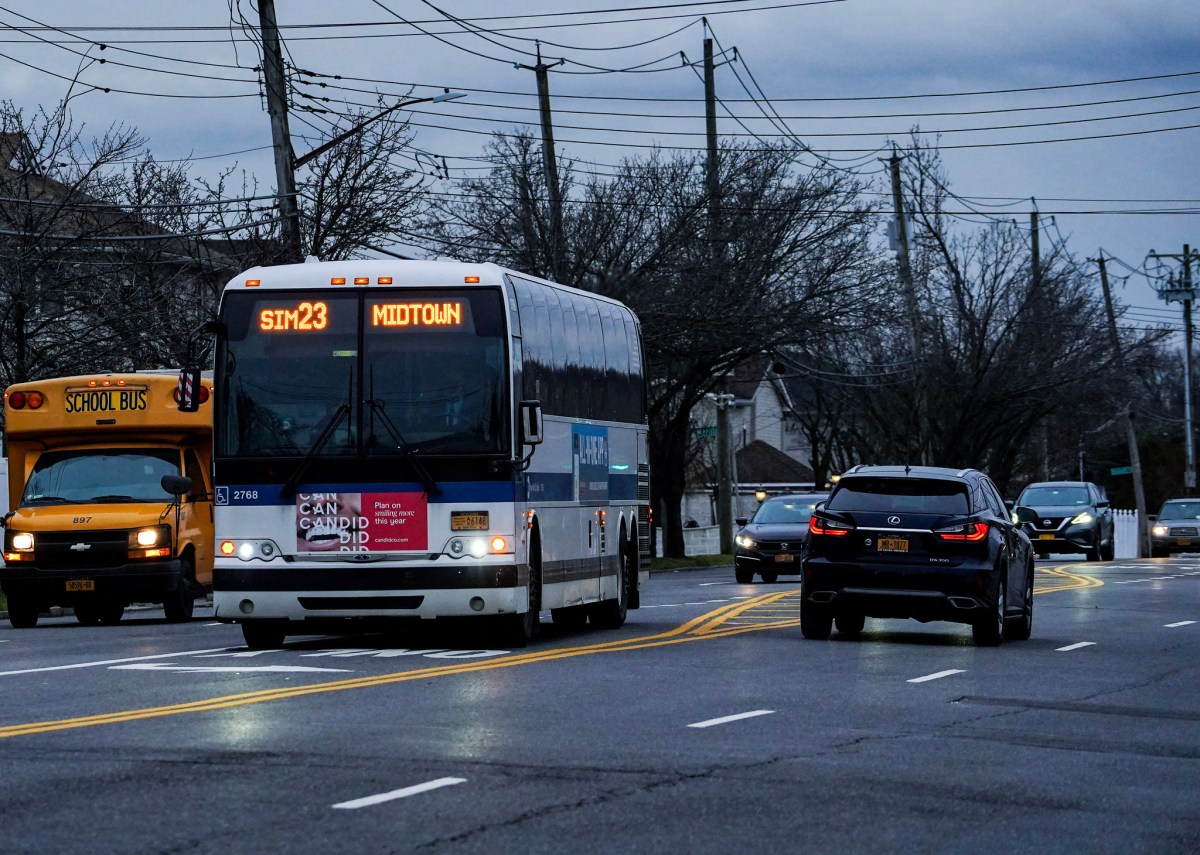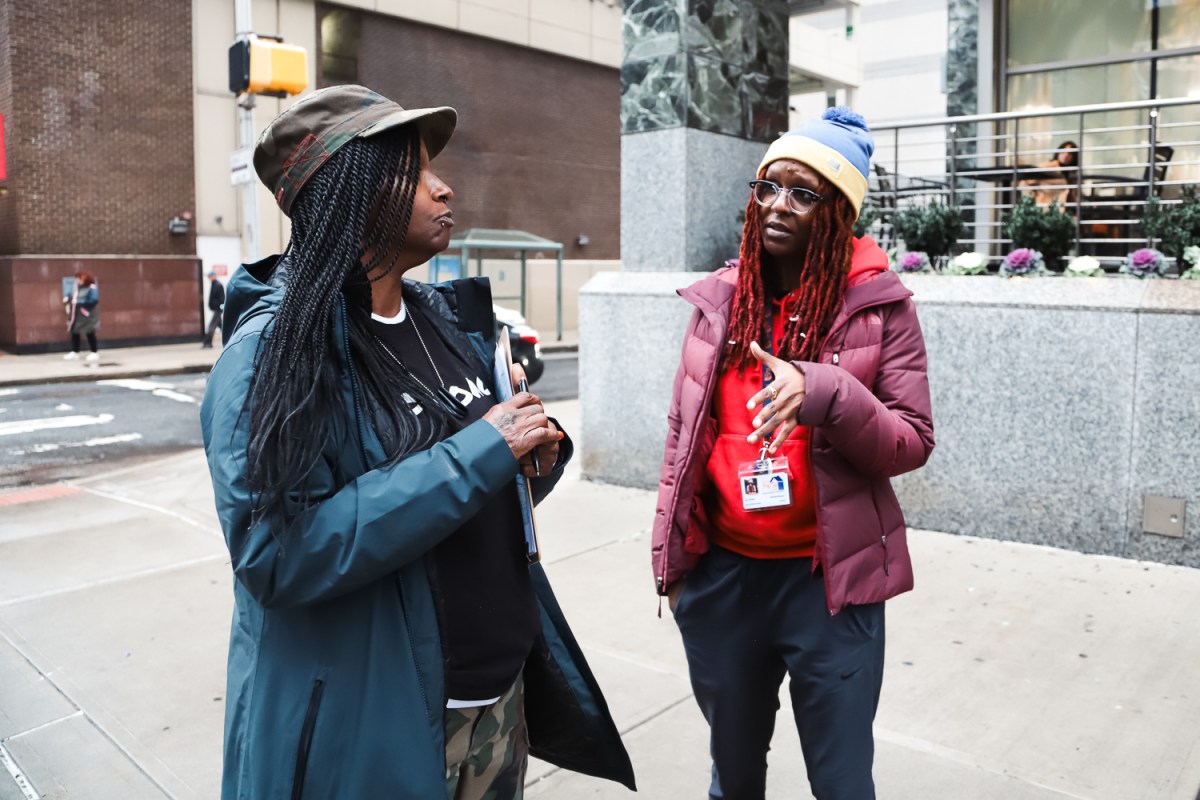WASHINGTON (Reuters) – Sales of new U.S. single-family homes increased more than expected in May and business activity contracted moderately this month, suggesting the economy was on the cusp of recovering from the recession caused by the COVID-19 crisis.
But a resurgence in confirmed coronavirus cases across the country threatens the nascent signs of improvement evident in Tuesday’s economic data. Many states have reported record daily increases in COVID-19 infections, which health experts have blamed on local governments reopening their economies too soon. The economy has stabilized as businesses reopened after closing in mid-March to control the spread of the respiratory illness.
“The renewed upsurge in COVID-19 cases across the South and the West poses a clear downside risk over the coming months but, with a second wave of state-wide lockdowns appearing unlikely for now, we are assuming this will act as a modest drag on the economic recovery, rather than resulting in a renewed downturn,” said Andrew Hunter, senior U.S. economist at Capital Economics.
New home sales jumped 16.6% to a seasonally adjusted annual rate of 676,000 units last month, the Commerce Department said. New home sales are counted at the signing of a contract, making them a leading housing market indicator. Last month’s increase left sales just shy of their pre-COVID-19 level.
Sales dropped 5.2% in April to a pace of 580,000 units. Economists polled by Reuters had forecast new home sales, which account for about 14.7% of housing market sales, rising 2.9% to a pace of 640,000 in May.
New home sales are drawn from building permits. Sales surged 12.7% from a year ago in May. The report followed on the heels of data last week showing home purchase applications at an 11-year high in mid-June and permits rebounding strongly in May.
The broader economy slipped into recession in February, leaving nearly 20 million people unemployed as of May.
In a separate report on Tuesday, data firm IHS Markit said its flash U.S. Composite Output Index, which tracks the manufacturing and services sectors, rose to a reading of 46.8 in June from 37 in May. A reading below 50 indicates contraction in private sector output.
The improvement was led by an ebb in the manufacturing sector downturn, with the flash Purchasing Managers Index climbing to 49.6 from 39.8 in May. The survey’s services sector flash PMI rose to 46.7 from 37.5 in May.
Activity is also picking up around the globe. The IHS Markit’s euro zone Flash Composite Purchasing Managers’ Index recovered to 47.5 from May’s 31.9.
Stocks on Wall Street extended gains on the data and hopes of more fiscal stimulus. The dollar fell against a basket of currencies. U.S. Treasury prices were lower.
UNEMPLOYMENT HURDLE
The market for new homes is being supported by historic low interest rates and a preference among buyers for single-family homes away from city centers as companies allow employees more flexibility to work from home amid the coronavirus crisis.
But with record unemployment and companies freezing hiring to deal with weak demand and keep costs under control, a sharp rebound in the housing market is unlikely.
“If the overall economy seems to be slowing, the public may not be quite as confident about putting a down payment on an expensive new home,” said Chris Rupkey, chief economist at MUFG in New York. “Many businesses are insolvent and there will be less spending from unemployed Americans as well that could keep this economic recovery in the slow lane for some time.”
Last month’s increase in new home sales did little to offset a plunge in sales of existing homes in April and May, leaving intact economists’ expectations for a record tumble in residential investment in the second quarter. Homebuilding also rebounded moderately in May after slumping in April.
Last month, new home sales shot up 45.5% in the Northeast and advanced 29% in the West. They rose 15.2% in the South, which accounts for the bulk of transactions, but fell 6.4% in the Midwest.
The median new house price rose 1.7% to $317,900 in May from a year ago. New home sales last month were concentrated in the $200,000 to $400,000 price range.
New homes priced below $200,000, the most sought after, accounted for about 15% of sales.
There were 318,000 new homes on the market in May, down from 325,000 in April. At May’s sales pace it would take 5.6 months to clear the supply of houses on the market, down from 6.7 months in April. Nearly two-thirds of the homes sold last month were either under construction or yet to be built.
(Reporting by Lucia Mutikani; Editing by Andrea Ricci)

























